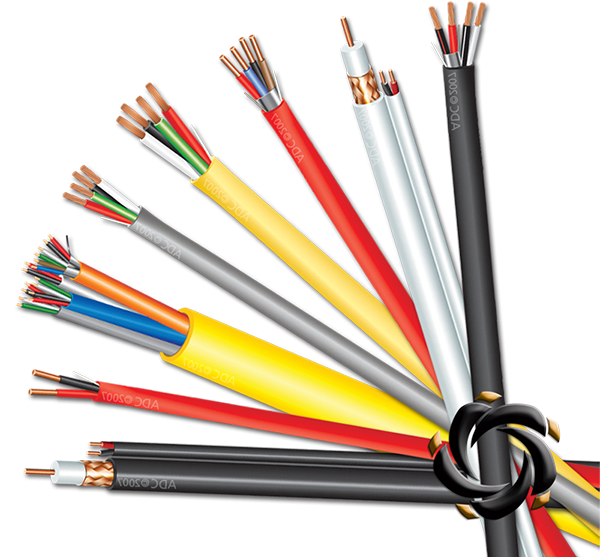The velocity factor (VF) is a key determinant in the ability of the KX6 Coaxial Cable to manage signal propagation delay, particularly in applications that require real-time responsiveness such as live video streaming or surveillance. The velocity factor quantifies how fast a signal travels through the cable compared to the speed of light in a vacuum, and for KX6, this typically ranges between 0.78 and 0.85. This means the signal travels at approximately 78% to 85% of the speed of light, depending heavily on the dielectric used. Most KX6 cables utilize foamed polyethylene or similar low-dielectric-constant materials to achieve these values. A higher velocity factor implies faster signal transmission and, consequently, reduced delay. This becomes highly beneficial in systems where milliseconds can affect the synchronization of video and audio channels, especially when multiple signal paths must be aligned in parallel. Any variation in dielectric properties can cause the signal to slow down unpredictably, which is unacceptable in time-sensitive video feeds where even slight inconsistencies can be visible to the end user.
When using KX6 Coaxial Cable in real-time video applications, understanding the actual numerical delay is essential. Typically, KX6 introduces a delay of about 5 to 7 nanoseconds per meter, depending on the specific velocity factor and environmental conditions. While this may seem minimal, it can accumulate significantly over long cable runs, such as 50 meters or more, which could lead to 250 to 350 nanoseconds of delay. In single-stream applications this may not present a visible problem, but in systems with multiple synchronized video sources—such as in a multi-camera broadcast setup, security monitoring grids, or distributed digital signage networks—these small delays can result in perceptible issues like lip-sync errors or frame mismatches. Signal delays of more than a few hundred nanoseconds across different input paths can affect the integrity of real-time playback and degrade the viewer’s experience. Therefore, when using KX6 in such applications, engineers and installers often factor in propagation delay as part of the design specification. Delay compensators or synchronization hardware may be introduced to equalize timing differences between channels. Because KX6 has predictable delay characteristics thanks to its standardized construction, it allows for precise delay calculations and easier compensation planning. This predictability enables technicians to build systems that deliver real-time video without perceptible lag, even when complex switching, routing, or mixing is involved.
KX6 Coaxial Cable is known for its excellent impedance control, typically maintained at 75 ohms ±3 ohms. This consistent impedance is vital in preserving the shape and timing of the signal waveform, especially in high-speed digital applications such as HD-SDI or DOCSIS systems. Variations in impedance can cause reflections, standing waves, and jitter, which not only deteriorate signal quality but also affect timing accuracy. In time-critical environments, this jitter can accumulate and create inconsistent delay along different parts of the signal path. The physical geometry of the cable—including conductor concentricity, dielectric uniformity, and shield symmetry—all contribute to maintaining a uniform impedance. KX6 is manufactured with high precision to minimize these deviations, ensuring that delay does not fluctuate unexpectedly. This is particularly important in applications like real-time video broadcasting or multi-channel AV switching, where every nanosecond of delay consistency matters. The stable impedance profile enables the system to maintain bit integrity, which is critical in serial digital transmission standards that embed clock signals with the video stream. Without consistent impedance, these embedded clocks could be misaligned, resulting in synchronization errors. The KX6’s ability to maintain impedance stability across its full length directly contributes to uniform propagation delay, giving system integrators a reliable platform for consistent timing and synchronization in real-time video operations.
















